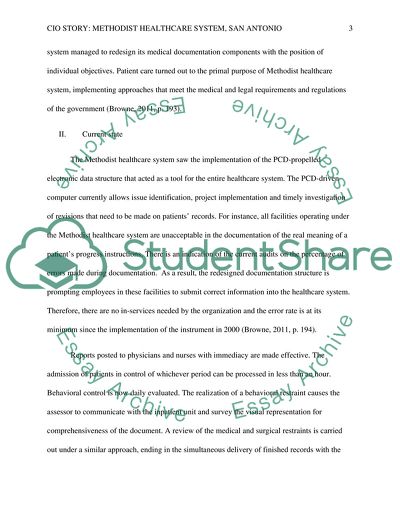Cite this document
(Not Found (#404) - StudentShare, n.d.)
Not Found (#404) - StudentShare. https://studentshare.org/medical-science/1758560-the-methodist-healthcare-system-in-san-antonio
Not Found (#404) - StudentShare. https://studentshare.org/medical-science/1758560-the-methodist-healthcare-system-in-san-antonio
(Not Found (#404) - StudentShare)
Not Found (#404) - StudentShare. https://studentshare.org/medical-science/1758560-the-methodist-healthcare-system-in-san-antonio.
Not Found (#404) - StudentShare. https://studentshare.org/medical-science/1758560-the-methodist-healthcare-system-in-san-antonio.
“Not Found (#404) - StudentShare”. https://studentshare.org/medical-science/1758560-the-methodist-healthcare-system-in-san-antonio.


